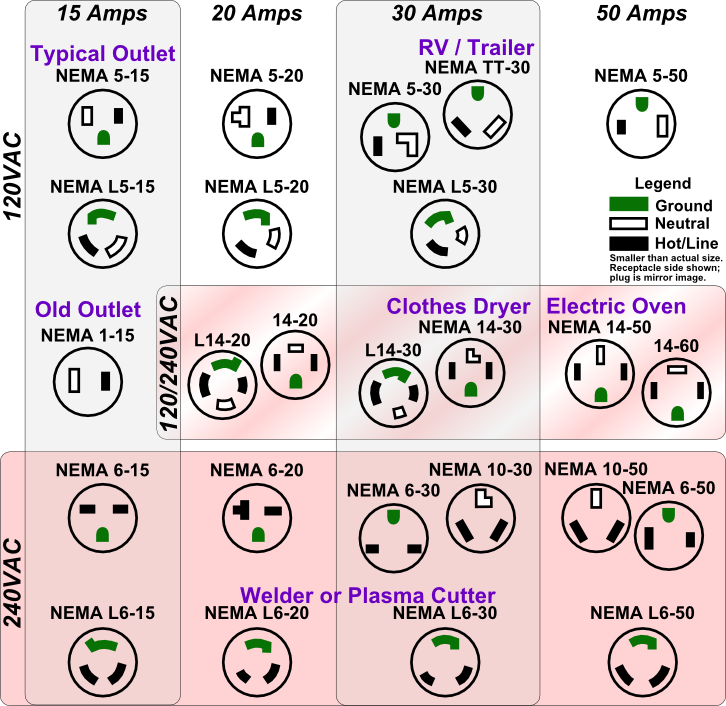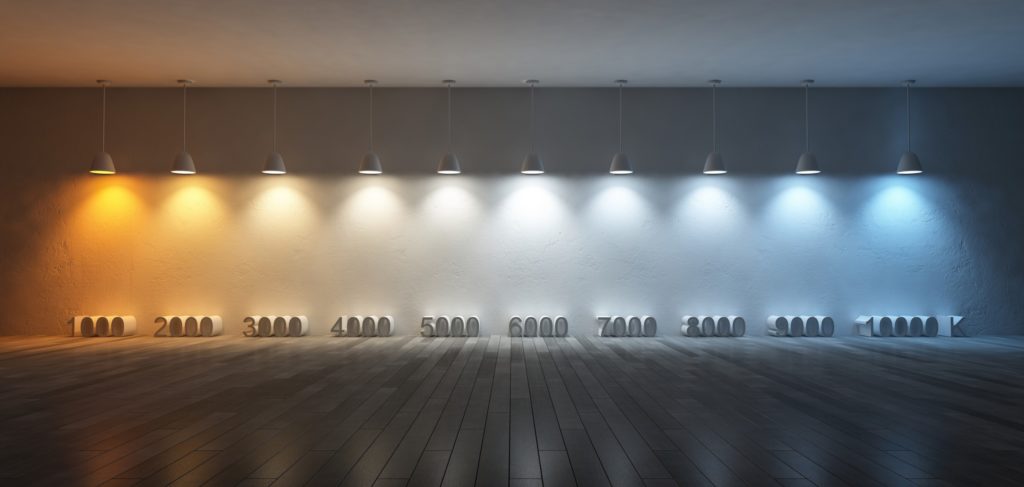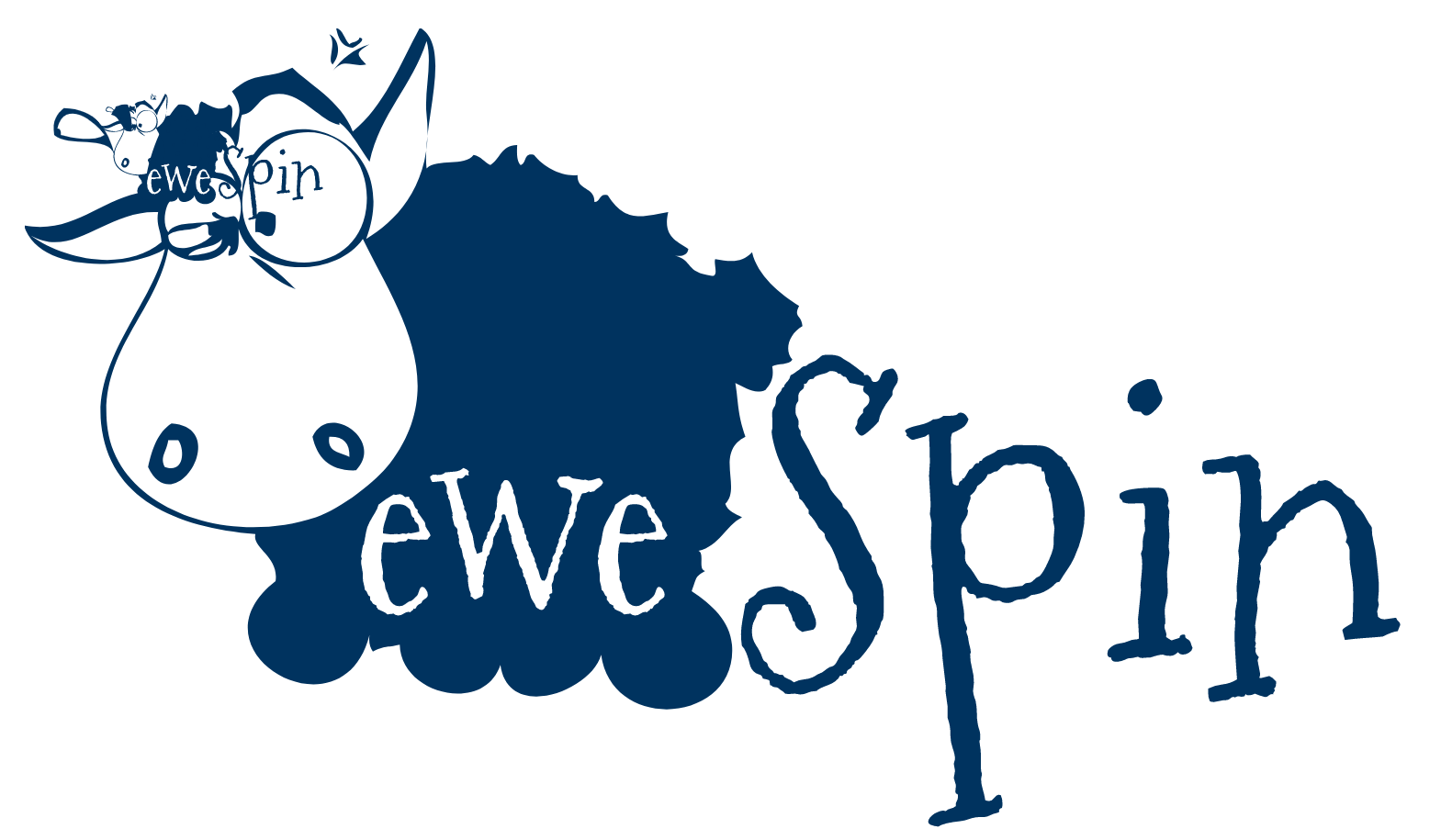National Electrical Code free
National Fire Protection Association Codes & Standards
https://www.nfpa.org/freeaccess
VoltAmps (VA)
https://download.schneider-electric.com/files?p_Doc_Ref=SPD_SADE-5TNQYF_EN
Dimming Basics from Lutron.com
http://www.lutron.com/en-US/Education-Training/Pages/LCE/DimmingBasics.aspx
C.L – The “C” in C.L stands for CFL (Compact Fluorescent Lamp) and the “L” stands for LED (light Emitting Diode).
HED – (high efficiency dimming) technology
Lutron Technical White Paper on Dimming
http://www.lutron.com/TechnicalDocumentLibrary/367-2035_LED_white_paper.pdf
Lutron – LED Compatibility Tool
http://www.lutron.com/en-US/Pages/LEDCompatibilityTool/Compatibility.aspx
Leviton – LED Compatibility Tool
https://www.leviton.com/en/products/residential/dimmers/led-dimming-and-compatibility/led-compatibility-selector-tool
How the Energy Independence and Security Act of 2007 Affects Light Bulbs
https://www.epa.gov/cfl/how-energy-independence-and-security-act-2007-affects-light-bulbs
Understanding capacitive voltage sensors
http://support.fluke.com/find-sales/Download/Asset/2065880_6003_ENG_B_W.PDF
Labels On Individual Wires
- T: Thermoplastic, a heat-resistant plastic used on many types of wire
- H: Heat-resistant up to 167 degrees F
- HH: Heat-resistant up to 194 degrees F
- W: Moisture-resistant; suitable for damp and wet environments
- N: Nylon-coated to resist damage from oil and gasoline
Labels On Nonmetallic Cable
- NM-B: Standard NM cable suitable for indoor use in dry locations; older versions of NM cable labeled “NM” (without the “B”) have a slightly lower temperature rating than today’s NM-B cable
- UF: Underground Feeder cable suitable for outdoor exposure and direct burial in the ground
- SE: Service Entrance cable; outdoor-rated cable for above-ground applications; commonly used to bring power from the utility’s transformer to the customer’s house
- USE: Underground Service Entrance cable; similar to SE cable but rated for direct burial


Underwriters Laboratory
Transitioning from Incandescent to CFL and LED Lighting: As Simple as Changing Bulbs?
https://legacy-uploads.ul.com/wp-content/uploads/sites/40/2015/02/UL_WP_Final_Transitioning-from-Incandescent-to-CFL-and-LED-Lighting_v5_HR.pdf
Page 12.
A: Direct Substitution of CFLs for Incandescent Lamps
Three lighting fixtures were used for this test. Two of the fixtures (A and B) were recessed into a suspended ceiling, and one fixture (C) was a hanging pendant type. The fixtures chosen were residential-type, low-cost fixtures. Temperatures were monitored until stability with several ratings of incandescent and CFL lamps. For each fixture, two CFLs from different manufacturers were tested and the results compared to an incandescent lamp.
• Results and Analysis
Results show that the maximum temperatures of fixtures with CFL lamps are much lower than incandescent lamps with equivalent light output. This was an expected outcome since CFL lamps are much more efficient in their production of lumens per Watt. However, the results also show that the highest temperature CFL lamp resulted in fixture temperatures lower than the coolest incandescent. This is an important finding which suggests that upsized CFLs may be substituted into existing fixtures with no reduction in safety.
• Recommendations
Overlamping of incandescent fixtures with upsized incandescent lamps has long been a serious safety concern. With CFLs, substituting of the incandescent with an equivalent light output CFL lamp provides a lower-temperature outcome and thus provides a thermal benefit. Based on the analysis of the temperature tests in this investigation, an upsized CFL would be acceptable as a substitute, but this presents an application dilemma because oversizing of incandescent lamps has always been strongly discouraged.
